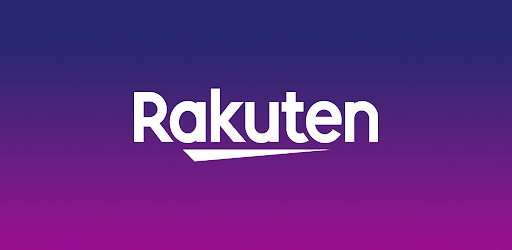This guide explains how to enable the kernels your OS provides for a KVM Linode. This is useful if you’d like to enable specific kernel features, or you’d prefer to handle kernel upgrades directly. These steps have been tested on:
- Arch Linux
- CentOS 7
- Debian
- Fedora 22
- Gentoo
- Ubuntu
Before you get started, make sure you follow the steps outlined in our Getting Started guide. Your Linode needs to be in a functional state. These steps should be performed as root on your Linode, via an SSH session.
Installing the Distribution Provided Kernel
-
Ensure that your system is up to date, using the distribution’s package manager.
-
Use uname to identify the current kernel version:
1
uname -a
The output will be similar to that shown below:
1
Linux localhost 4.0.4-x86_64-linode57 #1 SMP Thu May 21 11:01:47 EDT 2015 x86_64 x86_64 x86_64 GNU/Linux
-
Make a note of the kernel you’re currently using (4.0.4-x86_64 in our example). You will be replacing it with the latest kernel supplied by your Linux distribution.
-
Install the Linux kernel. The package name differs based on your distribution:
-
Arch Linux
1
pacman -S linux grub
-
CentOS 7
1
yum install kernel grub2
-
Debian
1
apt-get install linux-image-amd64 grub2
-
Fedora 22
1
dnf install kernel-core grub2
-
Ubuntu
1
apt-get install linux-image-virtual grub2
-
Gentoo
1 2 3 4 5 6 7 8 9 10 11
echo "GRUB_PLATFORMS=\"coreboot pc\"" >> /etc/portage/make.conf emerge --ask sys-boot/grub sys-kernel/gentoo-sources genkernel eselect kernel list eselect kernel set [# of new kernel] zcat /proc/config.gz > /usr/src/linux/.config genkernel --oldconfig all
During the installation of grub you may be asked which disk image to install to. Since Linode provides the grub bootloader, the system need only provide the grub.cfg file, and you don’t need to install grub to your MBR.
-
-
Verify the kernel version provided by your distribution in /boot:
1 2
ls /boot/vmlinuz* /boot/vmlinuz-3.16.0-4-amd64
On Gentoo, use ls /boot/kernel-*
Configuring Grub
-
Edit /etc/default/grub and add or change the following variables to match the following. There will be other variables in this file, but we are only concerned with those listed below:
/etc/default/grub
1 2 3 4 5
GRUB_TIMEOUT=10 GRUB_CMDLINE_LINUX="console=ttyS0,19200n8" GRUB_DISABLE_LINUX_UUID=true GRUB_SERIAL_COMMAND="serial --speed=19200 --unit=0 --word=8 --parity=no --stop=1" GRUB_TERMINAL=serial
-
Run the following command to update the bootloader.
-
Arch Linux
1
grub-mkconfig -o /boot/grub/grub.cfg
-
Debian 8 & Ubuntu 15.04
1
update-grub
-
CentOS 7
1 2
mkdir /boot/grub grub2-mkconfig -o /boot/grub/grub.cfg
-
Fedora 22 - Replace with the current kernel version
1 2 3
dracut /boot/initrd-4.0.5-300.fc22.x86_64.img 4.0.5-300.fc22.x86_64 mkdir /boot/grub grub2-mkconfig -o /boot/grub/grub.cfg
-
Gentoo
1 2
mkdir /boot/grub grub2-mkconfig -o /boot/grub/grub.cfg
-
Note that if you later install an updated kernel, you’ll need to run this command again to update your GRUB menu. By default, the first kernel in the list will be booted.
Rebooting into Grub2 Mode
-
In your Linode’s Dashboard, Click on Edit under the Configuration Profiles section:
-
In the Boot Settings section, select GRUB 2 from the Kernel drop down menu:
-
At the bottom of the page, click on Save Changes.
-
Reboot your Linode. You can monitor the boot process in the LISH console.
During boot you may see this error message:
1 2 3 4 5
error: file `/boot/grub/i386-pc/all_video.mod' not found. Loading Linux linux ... Loading initial ramdisk ... Press any key to continue...
You can safely ignore it.
-
After logging back in to your Linode, run uname -a again to confirm the new kernel:
1
Linux li63-119.members.linode.com 3.10.0-229.4.2.el7.x86_64.debug #1 SMP Wed May 13 10:20:16 UTC 2015 x86_64 x86_64 x86_64 GNU/Linux















暂无评论内容